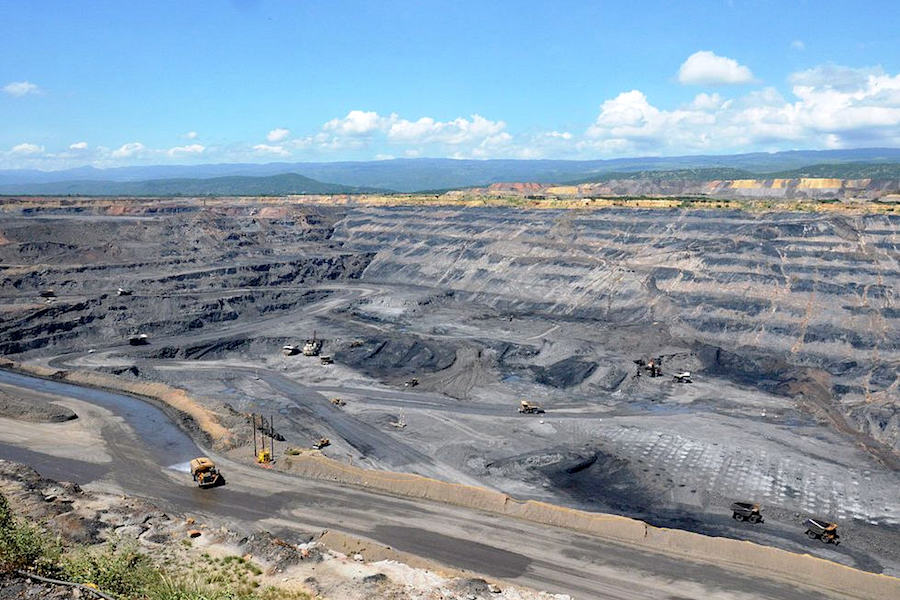
Based on expected operating performance, current coal prices and assuming the closing happens as planned, Glencore said it’d likely pay only $230 million. This, it said, would make the estimated investment payback period less than two years from closing.
“Glencore has been involved with Cerrejón for more than 20 years [and] we know the asset well,” outgoing chief executive Ivan Glasenberg said in the statement.
The move marks Anglo American’s complete exit from thermal coal
“Disposing of fossil fuel assets and making them someone else’s issue is not the solution and it won’t reduce absolute emissions,” he said, adding he was confident the company would manage the decline of its fossil fuel portfolio in a responsible manner and consistent with the Paris agreement goals.
The deal would replaces coal output lost when Glencore decided in February to mothball production at Prodeco, another Colombian coal mine.
The move marks Anglo American’s complete exit from thermal coal, as earlier in the year it divested its South African operation, forming a new company called Thungela Resources (JSE, LON: TGA).
BHP had announced its intention to sell off its thermal-coal operations by the end of 2022. The mining giant said it expects a further impairment charge of around $80 million post-tax will be recognized as an exceptional item in the second half of fiscal 2021.
Cerrejón is one of the world’s largest surface mining operations, extracting high-quality thermal coal for the export market. Glencore sees production volumes at the mine declining materially by 2030.
Decline has already begun. The mine produced 12.4 million tonnes of coal in 2020, down almost 52% from 2019, and its exports fell to their lowest level in the past 18 years amid coronavirus restrictions and weak global demand for the fossil fuel.
Despite the expected fall in output, the acquisition of Cerrejón will boost Glencore’s thermal coal production to about 125 million tonnes this year, from earlier guidance of 110 million tonnes.
Zero emissions by 2050
Instead of exiting coal, Glencore has committed to run down its assets by 2050, which will allow it to reach its net-zero emissions goal. That pledge includes so-called scope 3 emissions, produced when customers burn or process the materials the company mines.
The company has also set a short-term emissions reduction target of 15% by 2026 from 2019 levels.
Glasenberg, who retires on Wednesday, has long argued the company, the world’s biggest exporter of thermal coal, was better off running down its mines and using them as a source of cash to expand production of other raw materials such as cobalt, copper and nickel, which will be needed as the world shifts to cleaner forms of energy.
Should that approach fail to win over investors, Glasenberg has said he’ll support his successor, Gary Nagle, in spinning off its coal business.




